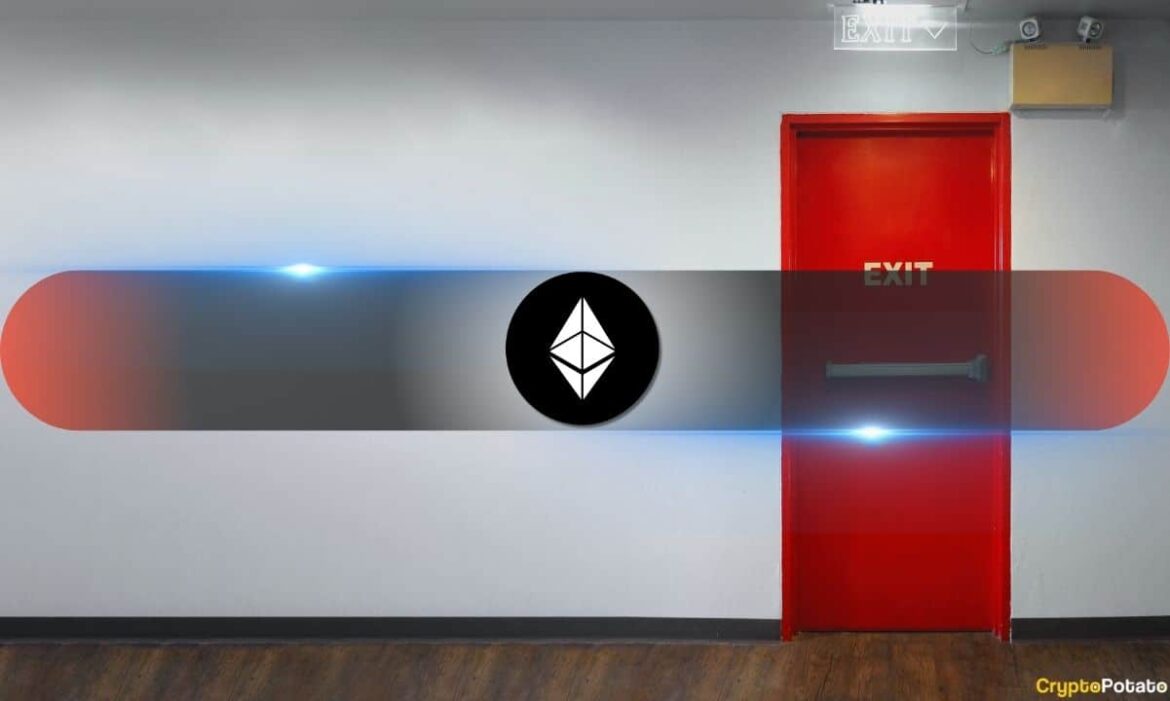
Ethereum (ETH) is one of the top assets that suffered a massive decline on Monday, currently trading at $4,177. A certain cohort of traders appears to have capitalized on this.
In fact, data suggest that ETH whales aggressively bought the dip, which has pushed its realized price upwards.
Ethereum’s $2.9K Fortress
According to the latest findings by CryptoQuant, Ethereum accumulation addresses now show an average realized price of around $2.9K, marking a crucial support zone.
Fueled by the ETH ETF rally, this level has climbed sharply from $1.7K to $2.9K, which demonstrates significant buying activity.
The total balance in these addresses has reached 27.6 million ETH. Analysts suggest that, in a worst-case scenario, the $2.9K level could act as a firm support, which could potentially cushion the leading crypto asset against deeper market declines. Although, this level remains close to 30% away from current prices, which in itself would be a considerable pullback.
Meanwhile, experts believe that the recent shakeout could act as a catalyst to spur market momentum. At a time when whales are establishing a support zone, institutional treasuries have amplified the buying pressure.
Treasuries Draining ETH Supply
It is owing to this increased demand from Digital Asset Treasuries (DATs) and a favorable regulatory boost from US stablecoin legislation that ETH surged back above $4,000 in September and has managed to retain this level despite this week’s setback.
CoinMetrics reported that DAT accumulation is now outpacing new ETH issuance since The Merge in September 2022.
This buying neutralizes inflationary dilution, even as validators receive fewer rewards from staking, with yields dropping near 3% as more ETH is locked in the network. DATs, unlike typical validators who redistribute rewards, are largely hoarding ETH, and creating a supply vacuum that could make the asset scarcer and potentially more valuable.
At the same time, Ethereum continues to dominate stablecoin activity, as evidenced by nearly 65% of total stablecoin supply settled on its network, a trend accelerated by the approval of the GENIUS Act. Daily stablecoin transfer volumes have surpassed $60 billion, which has directed more transaction fees to validators and bolstered network security.
Despite this, challenges remain. For instance, new “stable-chains” and faster competitors are threatening Ethereum’s settlement advantage, while its relatively long block times risk constraining future growth if not addressed. Layer 2 networks offer a partial solution, by alleviating congestion and enabling faster, cheaper transactions, but developer focus on scaling will be critical.
Whether Ethereum can maintain its momentum depends on balancing deflationary pressures, validator incentives, and competition from emerging chains.
The post Ethereum’s Worst Case Price Scenario for a Bear Market: ETH Analysis Reveals Key Targets appeared first on CryptoPotato.
